Believe the experiences of women. Believe things can change.
Sexual harassment in Australian workplaces is pervasive – and our current laws aren’t doing enough to protect women at work.
A 2018 survey by the Australian Human Rights Commission found that just under a third of respondents had experienced sexual harassment at work in the past five years.
That includes more than a third of women, about a quarter of men and over half of all Aboriginal and Torres Strait Islander employees. A survey conducted that same year by the ACTU found that close to two-thirds of female respondents had experienced sexual harassment at work.
We’ve had the evidence in front of us for years now. So why aren’t things changing?
It is not an isolated issue. It’s societal. Every Australian and every Australian workplace can and should do better.
And that change has to come from the top.
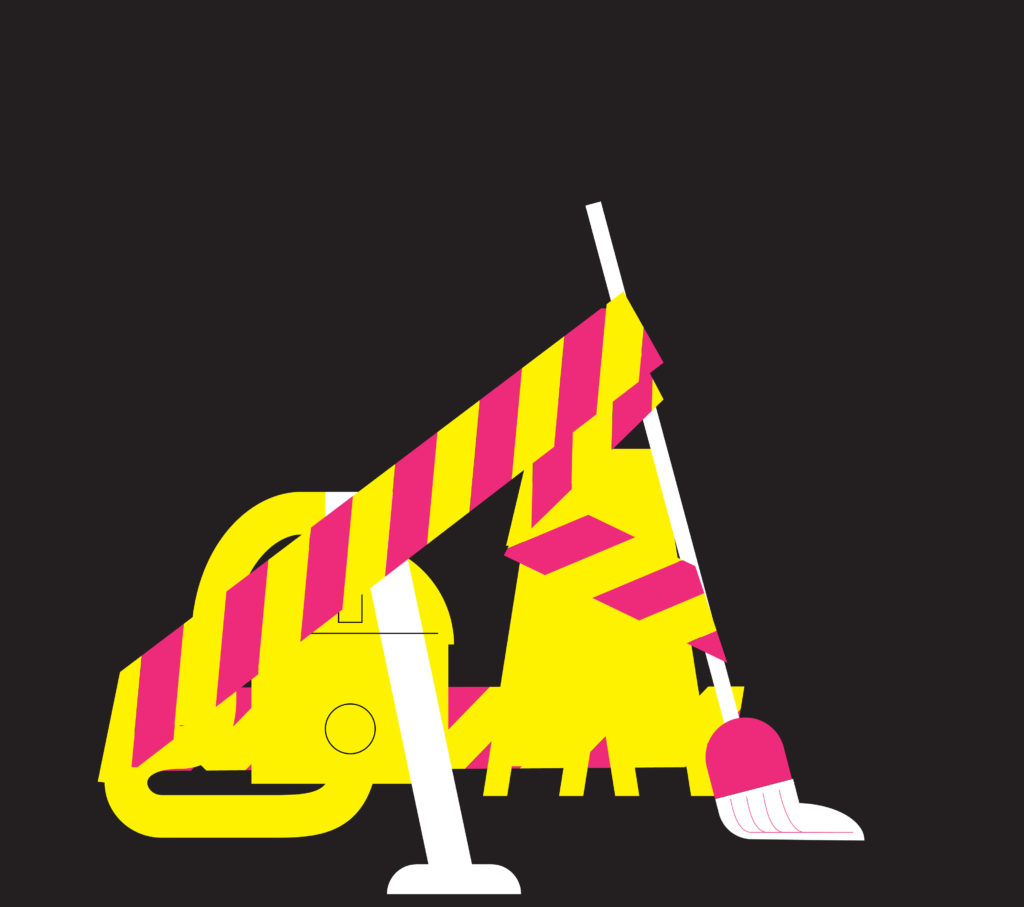
The Morrison government has failed to protect women
The lack of action on the Respect@Work report. The Milkshake consent ad. Rape and sexual assault accusations against Frontbench MPs. The damning findings of the Jenkins report. The utter contempt with which the government treats women who dare speak out for other women.
These moments remind us how completely indifferent the Morrison Government is to the issues women face at work.
The government has repeatedly failed to deliver appropriate laws and initiatives to prevent sexual violence and support survivors. While the government flounders, Australian Unions are holding them to account.
It’s time our government did something to make workplaces safer for women – or it’s time they made way for a government that will.
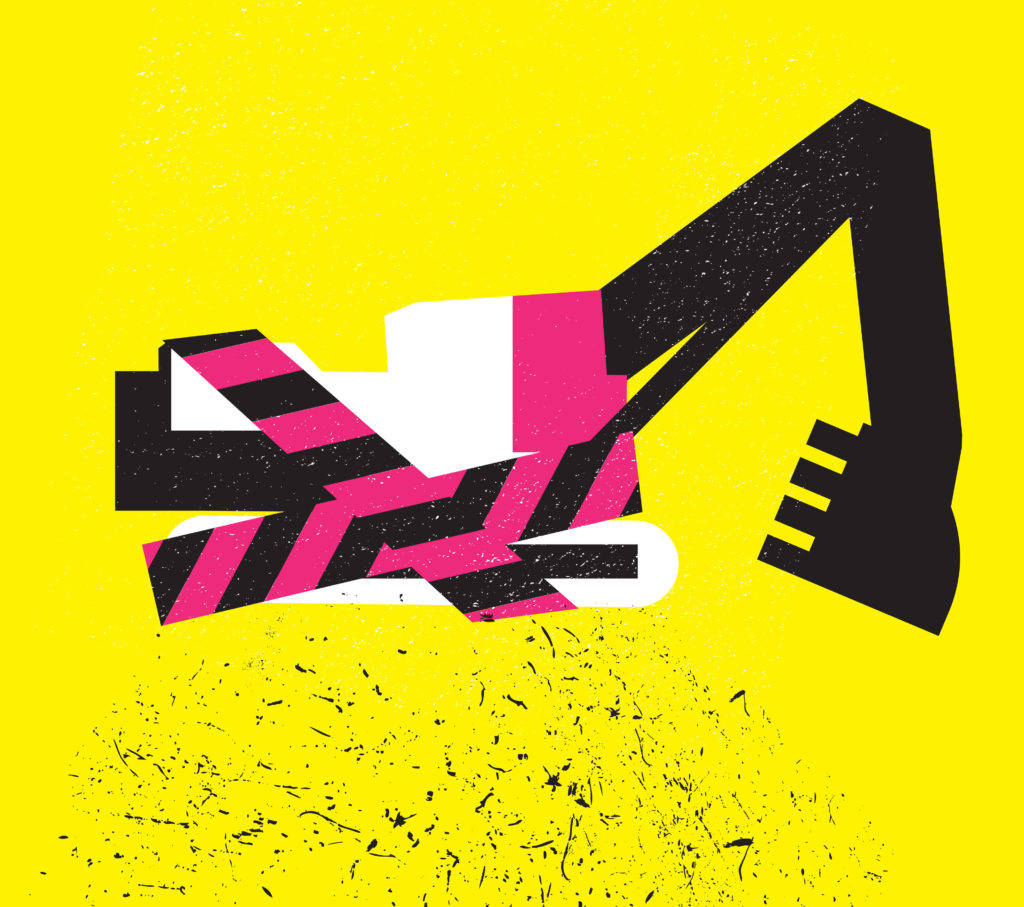
Why did the government ignore the Respect@Work report?
In the 2020 Respect@Work Report, Sex Discrimination Commissioner Kate Jenkins described sexual harassment in Australia as ‘endemic.’
In the report, Jenkins put forward 55 evidence-based and survivor-focused recommendations to address the current inadequacies of the legal and regulatory system.
Implementing the 55 recommendations would have been crucial in enacting the cultural change we need.
The Prime Minister publicly stated that he would accept all 55 Respect@Work recommendations. And then, in true Morrison style, his government voted against 49 of them – quietly ignoring the recommendations essential in preventing harassment and creating safer workplaces.
ACTU President Michele O’Neil summed up the government’s inaction best when she said, ‘Kate Jenkins handed down her Respect@Work report back in January 2020, and the Morrison Government put it in a drawer for 14 months.
Without Brittany Higgins and a long list of brave women coming forward, it is unlikely that the Morrison Government would have acted at all.’
In her recent landmark address to the National Press Club, Brittany Higgins captured the mood of the nation when she said, ‘I’m not interested in words anymore. I want to see action.’

Prevention, not pressure. We need to stamp out sexual harassment before it begins.
By changing a culture, and the laws and regulations that protect Australian workers, we are working foremost on prevention. The aim is not to pressure people into reporting incidents but to make sure those incidents never occur in the first place.
Change is happening slower than we would like. So, it is still vital for Australian workers to be able to recognise, report and reduce the rates of sexual harassment in the workplace.
What does sexual harassment in the workplace look like?
Several laws prohibit sexual harassment at both the State and Federal levels, but slight differences may occur in its definition between jurisdictions. Some common examples include:
- Sexual or suggestive emails, messages, gestures, jokes and comments.
- Unwelcome touching, including brushing up against someone unnecessarily.
- Staring or leering.
- Unwanted date invitations.
- Inappropriate comments about someone’s body.
- Inappropriate comments about someone’s private life.
- Insults or taunts based on sex or gender.
It’s important to understand that inappropriate sexual behaviour can be considered sexual harassment even if it is not targeted at anyone. For example, if sexual jokes and crude conversation are common in your workplace or inappropriate sexual material is displayed, this can still constitute harassment.

What can you do if you experience or witness sexual harassment in the workplace?
Like all forms of bullying and harassment, sexual harassment is a known cause of physical and mental injury. You’re not alone, and there are things you can do about it:
- Write it down. Start keeping a detailed diary of incidents as they happen.
- Tell someone. Speak to someone you trust at your work about what is happening.
- Approach the person. Tell the harasser their behaviour is unacceptable and unwanted if you feel safe in doing so.
- Make an internal complaint. If your employer does not act to stop the harassment after making a complaint, your union can help you work out what to do next.
- Make an external complaint. Depending on the nature of the harassment, there is a range of assistance available. Your union will be there throughout the process.
Contact your union for support or contact the Australian Unions Support Centre for free and confidential information and advice.




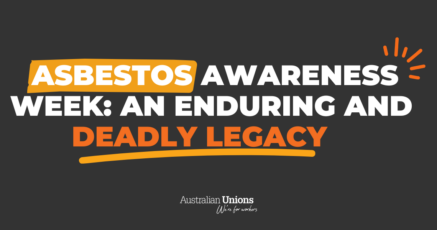
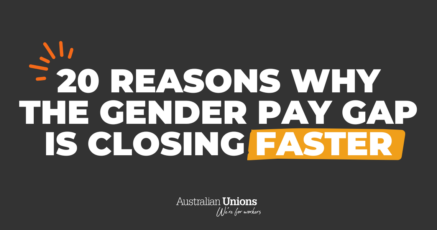
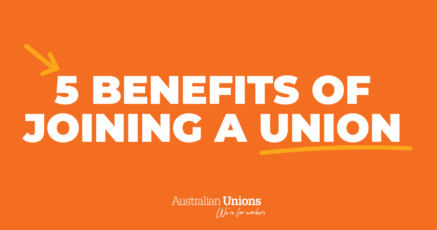

SHARE:
Sexual harassment in the workplace must end now